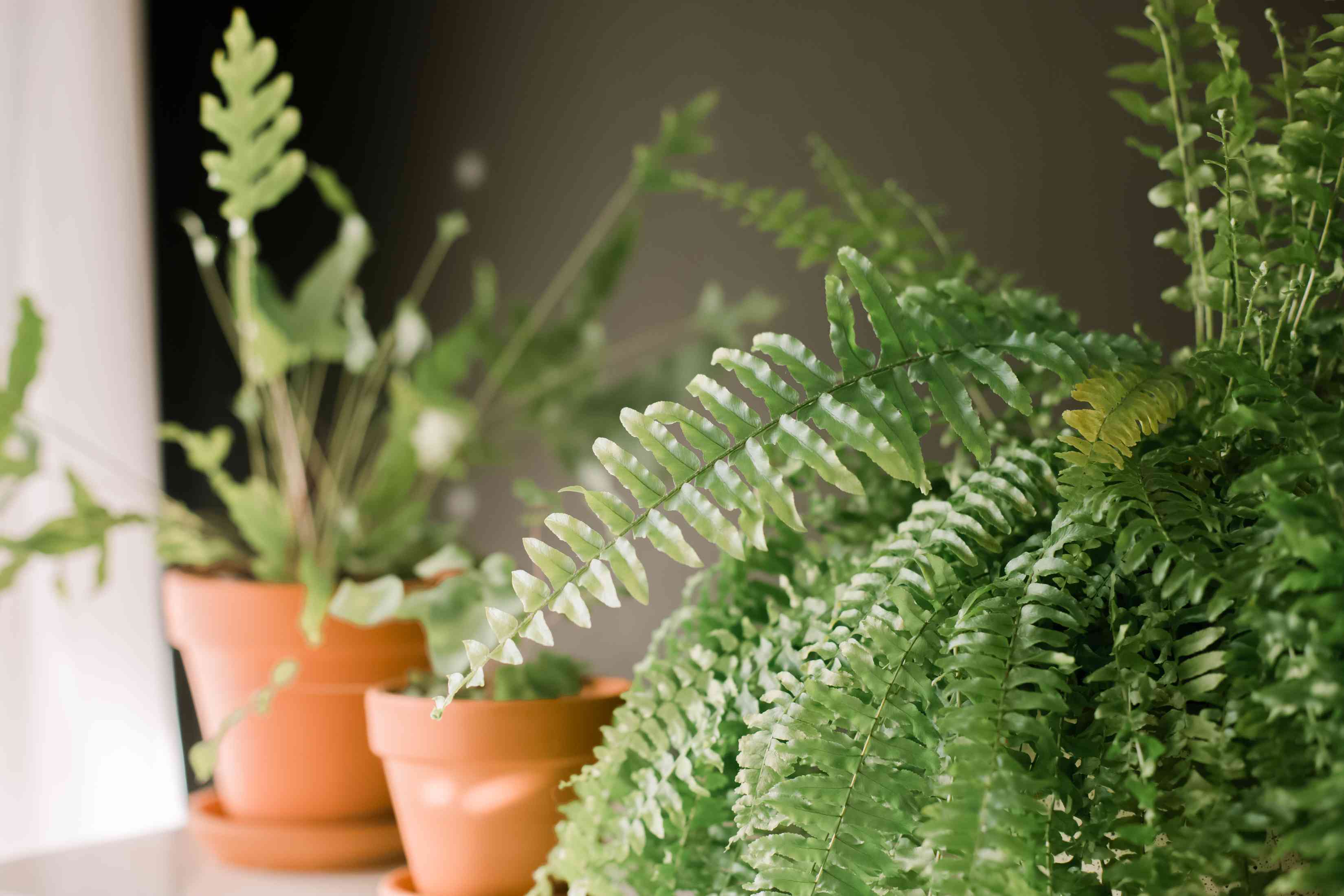How to grow your Ferns effortlessly
10 Feb 2022
We all are familiar with Ferns, one of the prehistoric plants. Most of the gardeners have had at least one fern in their life. They develop lavish green colored, lace-like fronds, which look stunning. Ferns help to purify the air. Ferns not only do well outdoors, they also can grow as a houseplant also. This plant looks great as a houseplant.
This tropical plant is a member of the vascular plant family. Ferns can grow 2 to 3 mm to 6 ft. tall. There are thousands of known species that grow all over the world. Some known species are asparagus fern, fern fishtail, bird’s nest fern, maiden’s hair fern, east-indian fern, button fern, silver fern and others. With proper care you can grow some types of ferns indoors.

6 Tips to care for ferns
- Potting: Pot size depends on the size of your fern. Choose a ceramic pot with a drainage hole in the bottom.
- Soil: A loose well-draining potting mix is required. That contains a good mix of coco peat, sand, and perlite.
- Water: Wet soil is not appropriate for ferns, they usually like to have moist soil. Allow the soil to dry down a little bit before giving them water. Always make sure to keep your fern’s soil damp, never let the fern’s soil completely dry out.
- Sunlight: Since ferns develop in the shades of canopies in the forest, that is why they need bright but indirect sunlight. Place your fern in a window where it can get indirect bright sunlight, direct sunlight can burn the leaves.
- Humidity: Ferns do need to get a high humidity level to grow. Keep a humidifier nearby the fern or place it somewhere like a bathroom or kitchen where it can get enough moisture.
- Fertilizer: Ferns do not need too much fertilizer. Fertilize your fern in the summer season with a diluted liquid fertilizer.

Indoor fern’s problem:
- Yellow leaves are a sign that your fern is overwatered, or your room humidity is low.
- Brown leaves indicate your plant is getting too much direct sunlight or is underwater.
- Dropping leaves is also a sign that your plant is under watered.
Those are all the things that you need to know to take care of most types of the ferns. These plants need some common factors to thrive, light, water, and warmth. However, some species of ferns are toxic to animals, these are harmful if ingested. So, keep your fern in a palace where your child or pet cannot reach.